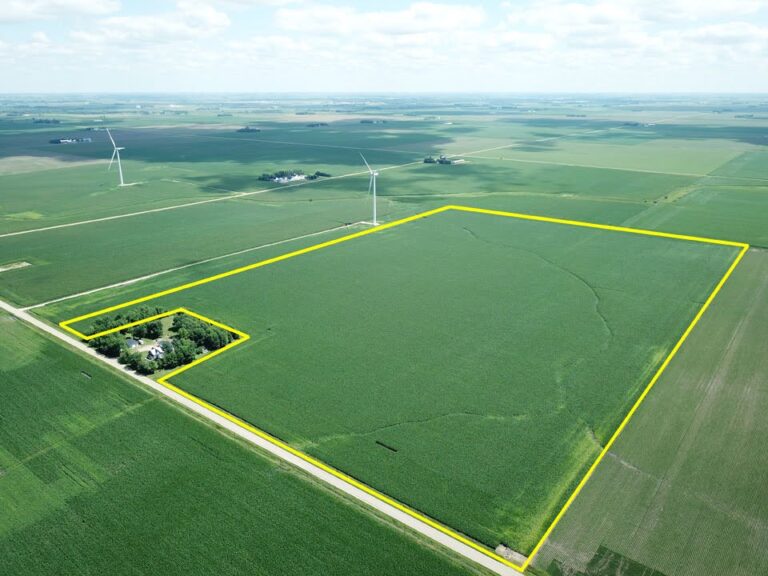When we hear ‘100 acres,’ it’s easy to think of it as just another big number. But have you ever stopped to consider what that really looks like?
Is it the size of a theme park? A neighborhood? A forest so vast that you could get lost in it?
Whether you’re a landowner, a dreamer planning your perfect escape, or just someone curious about large spaces. Let’s break down 100 acres in ways that actually make sense and help you to visualize it.
How Many Square Feet Is 10 Acres?
100 acres equals 4,356,000 square feet, a vast area equivalent to 75.6 football fields, 10 city blocks, or 1,600 tennis courts.
If used for housing, it could fit 7,200 suburban homes on 6,000-square-foot lots. Large enough for a small town, farm, or airport runway, 100 acres offers endless possibilities.
How Many Yards Are in 100 Acres?
100 acres is equal to 484,000 square yards, a vast area that can be difficult to picture. Since one acre contains 4,840 square yards, multiplying that by 100 gives the total measurement.
To put this into perspective, 100 acres is roughly the size of 60.5 football fields (including end zones) or about 10 city blocks, making it an incredibly large expanse of land suitable for farming, real estate, or even recreational spaces.
How Many Acres in a Section?
A section of land is a standard unit of measurement in the U.S., equaling 640 acres. This means that 100 acres is roughly one-sixth of a full section, or about 15.6% of its total size.
To visualize, imagine a section as a giant pizza divided into six equal slices—each slice would represent about 100 acres. This comparison highlights just how vast a full section is, making it easier to grasp the size difference between 100 acres and 640 acres.
How Many 100 Acres In Kilometers?
100 acres is approximately 0.4047 square kilometers, which is just under half a square kilometer. Since one acre equals 0.004047 square kilometers, multiplying by 100 gives the total area.
To put it into perspective, 100 acres is roughly the same as 40 hectares or about 75.6 football fields, making it a significant expanse of land.
Real Visual References to Understand the 100 Acres
When you think of 100 acres, it’s almost having 75 football fields lined up side by side, including the end zones. This gives a visual sense of just how vast that 100 acres land area really is.
If we shift to a city perspective, 100 acres would cover about 16 standard city blocks. For example, in New York City, a city block is typically about 0.2 acres, so 100 acres would span roughly 16 city blocks, giving you an idea of how expansive it would be in an urban environment.
If you’re a Disney fan, you might be surprised to learn that 100 acres is roughly half the size of Disneyland in California, which covers about 200 acres. It’s amazing to think that a place so iconic and full of attractions takes up just about twice the space of 100 acres.
Additionally, to understand the land in a broader sense, 100 acres is equivalent to about 0.156 square miles. While this might sound small in comparison to entire cities, it’s still a considerable amount of space. To put that in perspective, it’s about the size of a medium-sized neighborhood or a large park.
The Possibilities of Owning 100 Acres
Owning 100 acres of land presents countless opportunities, from agriculture and real estate to recreation and conservation. Whether you’re looking for investment potential, self-sufficiency, or a peaceful retreat, this vast space allows you to shape it according to your vision. Here’s a closer look at the many ways 100 acres can be utilized:
1. Agricultural and Farming Opportunities
With 100 acres, you can run a large-scale farm or livestock operation, growing crops like wheat, corn, or vegetables, raising cattle, horses, or poultry, or even starting an organic farm or vineyard.
The space supports self-sufficiency or a profitable agribusiness.
2. Real Estate Development and Investment
Owning 100 acres offers great investment potential—you can subdivide for development, build rental or vacation properties, or hold the land for long-term appreciation.
If near a growing city, it could become prime real estate.
3. Private Retreat or Homestead
For peace and privacy, 100 acres offers the perfect escape—you can build a secluded home, create a self-sustaining homestead, or establish a family estate, all with room for expansion and tranquility away from urban life.
4. Recreational and Outdoor Activities
With 100 acres, you can enjoy hunting, fishing, hiking, camping, or off-road adventures, you can create a nature preserve or outdoor playground for recreation and conservation.
5. Conservation and Sustainability
For environmental enthusiasts, 100 acres supports reforestation, wildlife conservation, renewable energy projects, or eco-tourism, playing a key role in preserving ecosystems and promoting sustainability.
6. Commercial and Business Ventures
For entrepreneurs, 100 acres offers vast opportunities; you can start a wedding venue, campground, farm-to-table business, or retreat center, turning the land into a profitable venture..
10 Real-World Examples of 100 Acres
Identifying exact locations in the United States that are precisely 100 acres can be challenging, as properties and landmarks vary in size. However, here are some notable places that are approximately 100 acres:
1. The White House and Grounds, Washington, D.C.
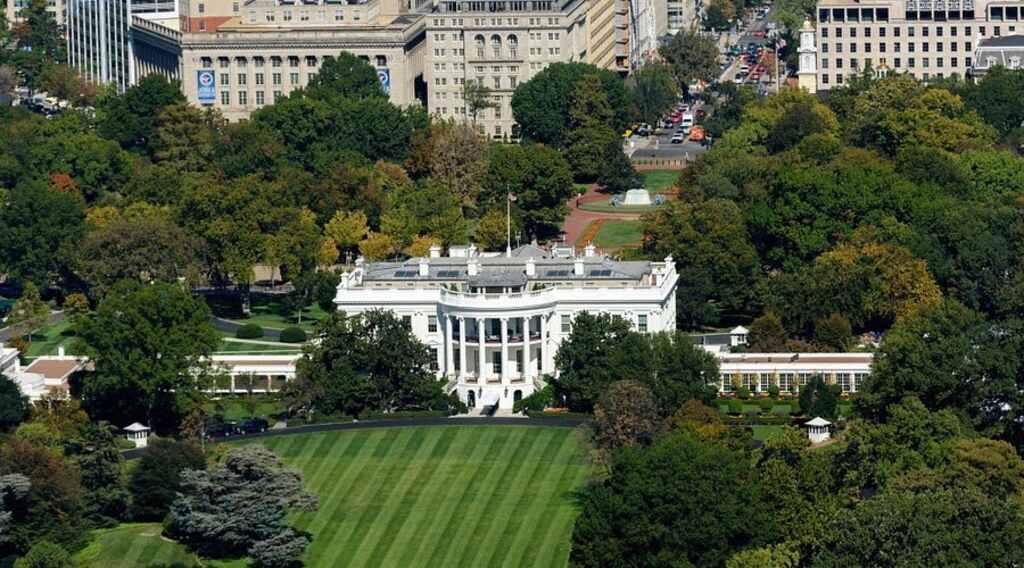
The White House complex, including the residence, West and East Wings, and gardens, spans about 18 acres. In comparison, 100 acres is more than five times larger than the entire White House property. This means you could fit the White House complex and its grounds five times over within a 100-acre plot, highlighting just how vast that amount of land truly is.
2. The Pentagon, Arlington, Virginia
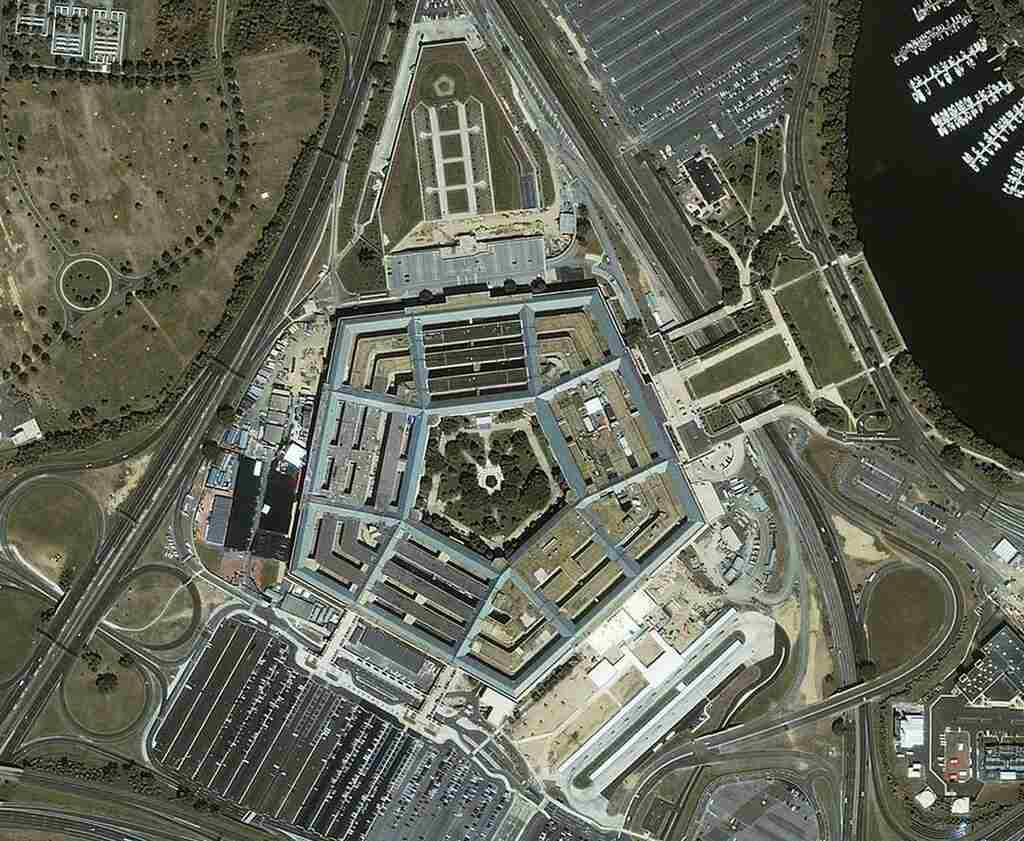
The Pentagon sits on a 34-acre property, with the building itself covering about 29 acres. In comparison, 100 acres is nearly three times larger than the entire Pentagon property. This means you could fit the Pentagon complex almost three times within 100 acres, emphasizing the vast scale of such a land area.
3. The Mall of America, Bloomington, Minnesota

The Mall of America spans 96 acres, making it one of the largest shopping malls in the U.S. In comparison, 100 acres is just slightly larger—about 4 acres more. This means a 100-acre property would be a little bigger than the entire Mall of America, giving a clear sense of its vast size.
4. Central Park’s Great Lawn, New York City, New York
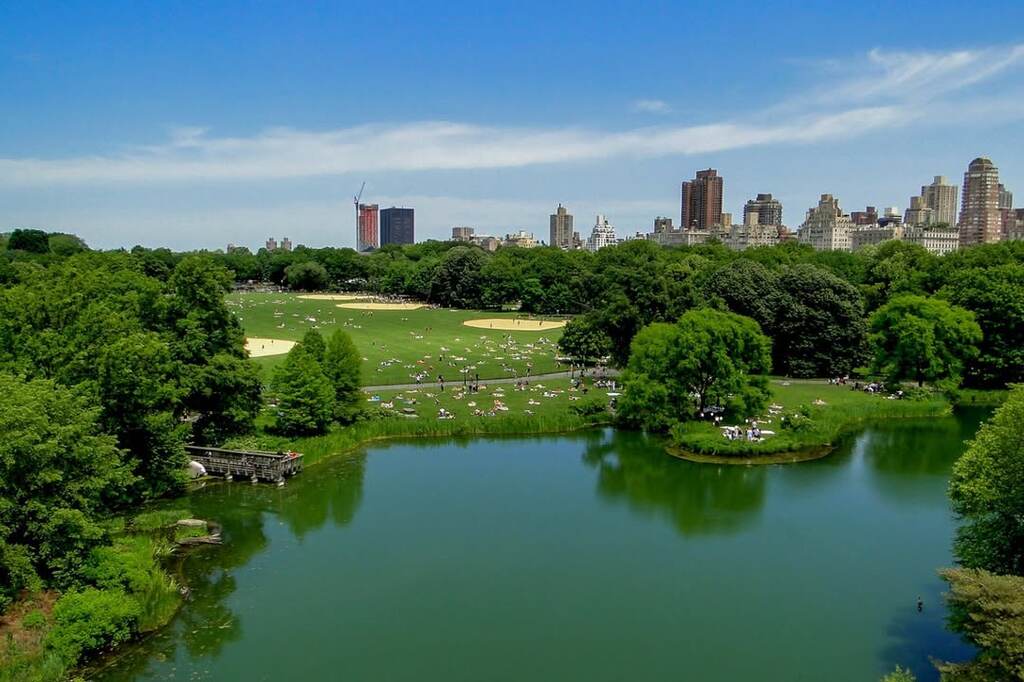
The Great Lawn in Central Park covers approximately 55 acres, making it a significant recreational space. In comparison, 100 acres is nearly twice the size of the Great Lawn. This means a 100-acre property would provide almost double the open space, highlighting its vast potential for recreation, development, or conservation.
5. The Biltmore Estate Gardens, Asheville, North Carolina
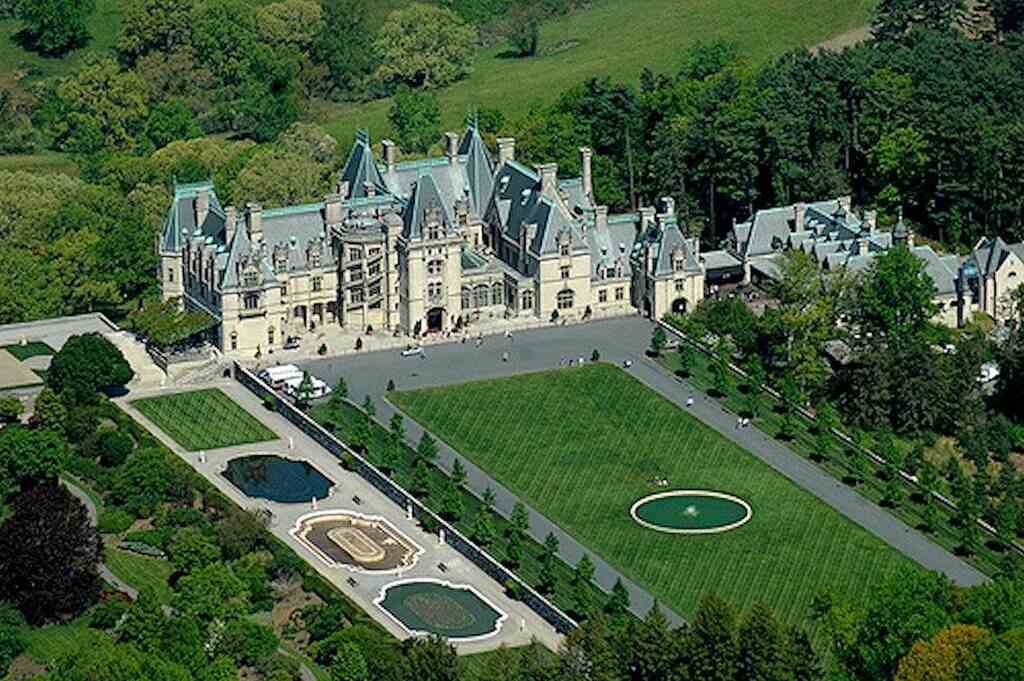
The formal gardens of the Biltmore Estate span approximately 75 acres, making them an impressive landscaped area. In comparison, 100 acres is about one-third larger, meaning a 100-acre property would extend well beyond the size of the Biltmore’s formal gardens. This highlights the substantial amount of space 100 acres provides for landscaping, agriculture, or development.
6. The San Diego Zoo, San Diego, California

The San Diego Zoo covers 100 acres within Balboa Park, making it a perfect real-world comparison. A 100-acre property would be the same size as the entire zoo, which houses thousands of animals, exhibits, and visitor facilities. This illustrates just how much can fit within 100 acres, whether for conservation, recreation, or development.
7. The Indianapolis Motor Speedway Infield, Indianapolis, Indiana
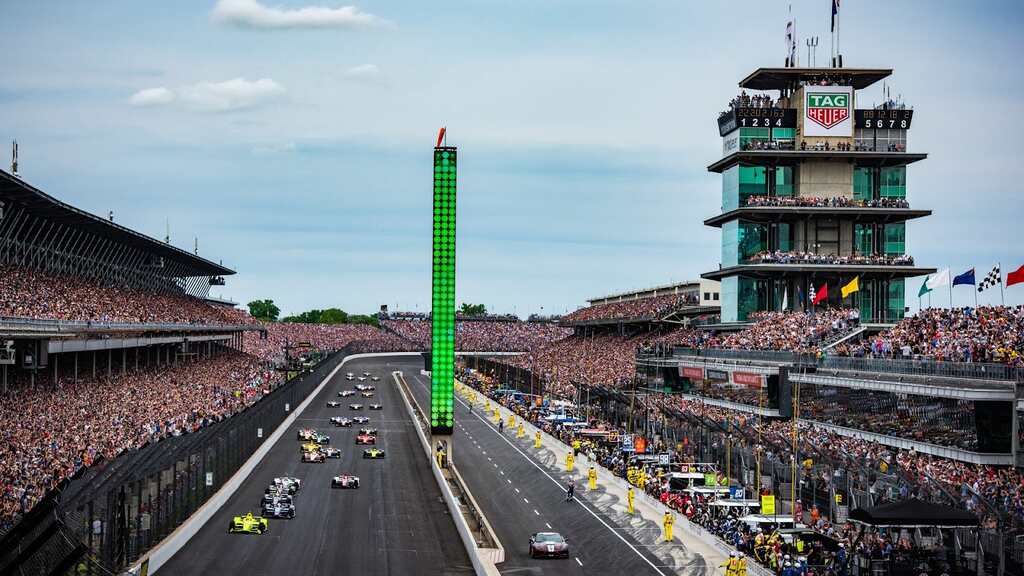
The infield of the Indianapolis Motor Speedway spans approximately 100 acres, making it an ideal comparison. This means a 100-acre property would be the same size as the entire infield, which accommodates garages, a golf course, entertainment spaces, and event facilities. This highlights the vast potential of 100 acres for diverse uses, from sports and entertainment to development and open land.
8. The National Mall’s Central Area, Washington, D.C.
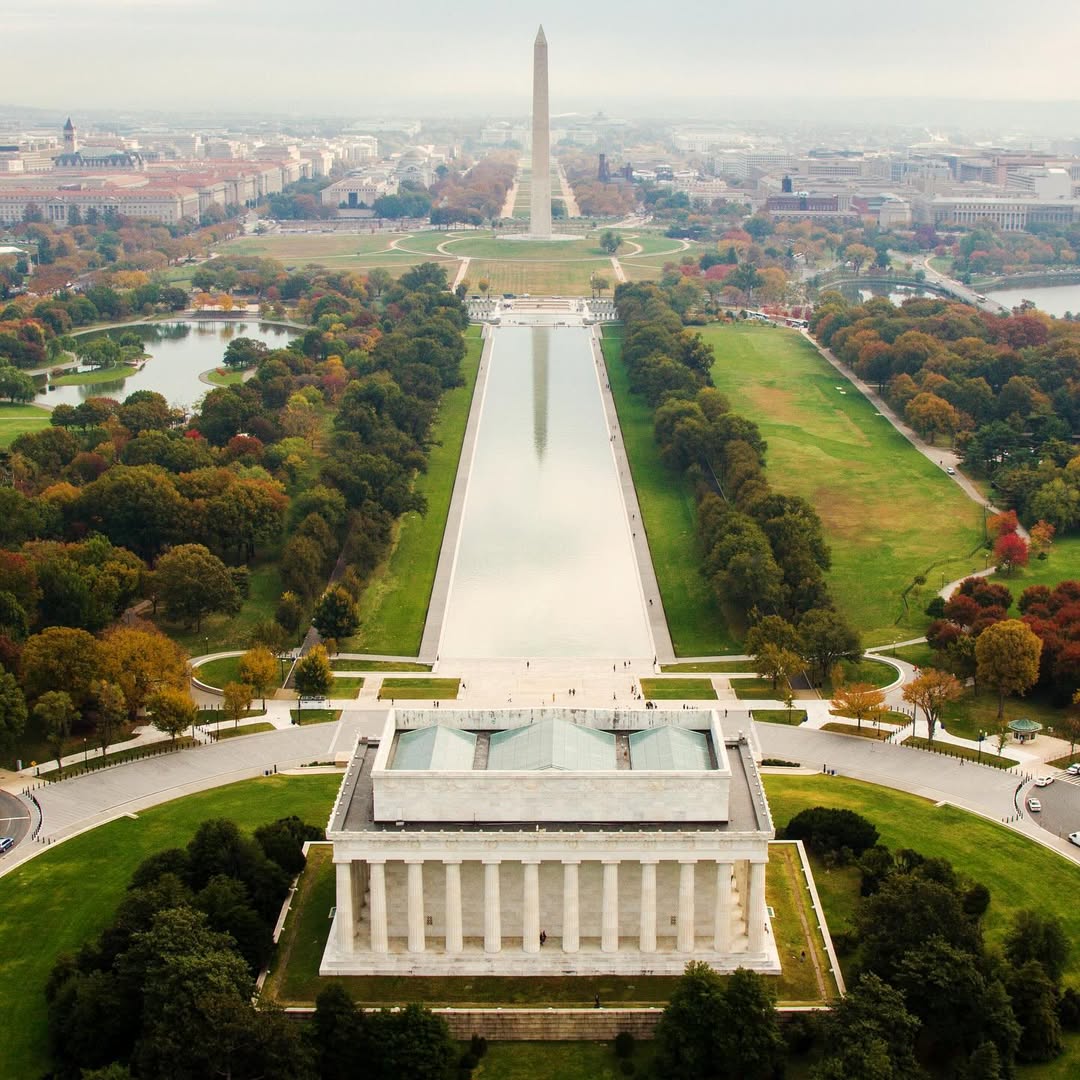
The central expanse of the National Mall, stretching from the Capitol to the Washington Monument, covers about 146 acres. In comparison, 100 acres is roughly two-thirds the size of this iconic space. This means a 100-acre property would be smaller but still expansive, offering significant room for parks, developments, or large-scale projects.
9. The Grounds of the United States Naval Academy, Annapolis, Maryland
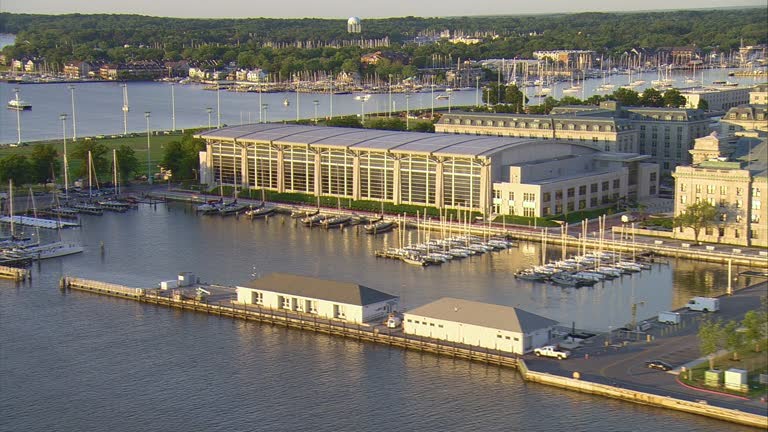
The U.S. Naval Academy covers 338 acres, more than three times the size of 100 acres. This comparison highlights that while 100 acres offers significant space, the Naval Academy’s campus is much larger, housing various training and educational facilities.
10 The Main Campus of Stanford University, Stanford, California
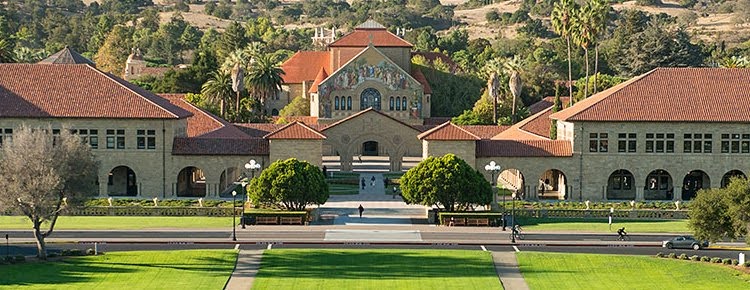
Stanford University’s central campus spans about 8,180 acres, making it over 80 times larger than 100 acres. This comparison shows that 100 acres is just a small fraction of the entire university’s vast campus, which includes academic buildings, housing, and recreational areas, highlighting the enormous scale of large university properties.
How many houses can be built in 100 acres?
The number of houses on 100 acres depends on zoning, lot sizes, and housing type. In suburban areas, it could fit 100–400 homes, while high-density developments may allow 1,000+ units. For luxury estates with 5+ acres per home, only 20 houses may be built. Local regulations ultimately determine the exact number.
How Long Would It Take to Walk Across 100 Acres?
Walking across 100 acres depends on terrain and speed. On flat land, it takes about 5–10 minutes to cross one side, while rough terrain may take 15–20 minutes. Walking the perimeter (1.6 miles) takes around 30–40 minutes at an average pace.
Is 100 Acres Considered a Farm?
Yes, 100 acres is generally considered a farm, but its classification depends on land use and local regulations. In many rural areas, small to mid-sized farms range from 50 to 500 acres. If the land is used for crops, livestock, or agricultural production, it qualifies as a farm. However, zoning laws and tax designations vary, so official classification depends on location and usage.
How Many Parking Lots Can Be Immersed In 100 Acres?
The number of parking lots that can fit in 100 acres depends on the size of the parking spaces and layout. On average, a standard parking space is about 9 feet by 18 feet, or 162 square feet per space.
For a standard parking lot with typical rows and aisles, you could fit around 1,000 to 1,200 spaces per acre, meaning 100 acres could accommodate between 100,000 and 120,000 parking spaces, depending on the layout and design.
Conclusion
Owning 100 acres offers vast possibilities, from farming and development to recreation and investment. Its value and usability depend on location, terrain, zoning laws, and infrastructure.
Whether used for personal retreat, business ventures, or conservation, proper planning and maintenance are key to maximizing its potential. Ultimately, 100 acres is a significant asset, providing both financial opportunities and lifestyle benefits.

